Vaonis Vespera Pro - Photos with Long Exposure Times
Introduction | Selected DSO | Preliminary Conclusions | Links
On this page I show photos that I took with my Vaonis Vespera Pro with long exposure times. The point here is to demonstrate what the result looks like after one or more hours of exposure time without and with processing.
Introduction
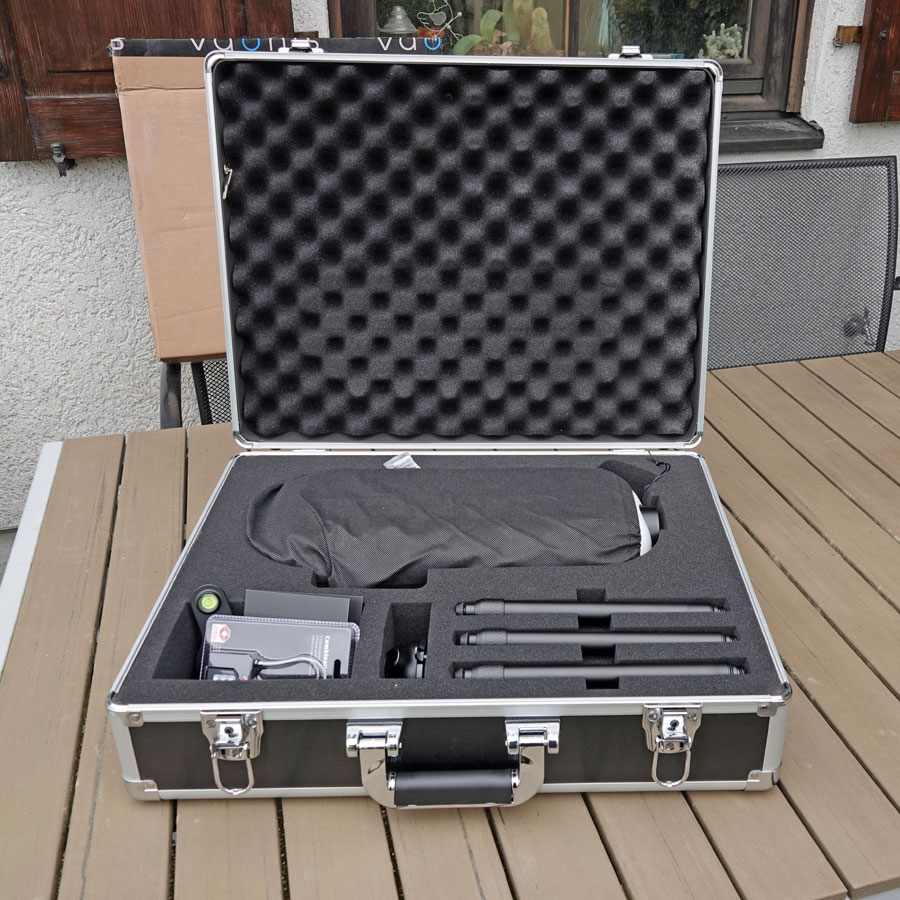 |
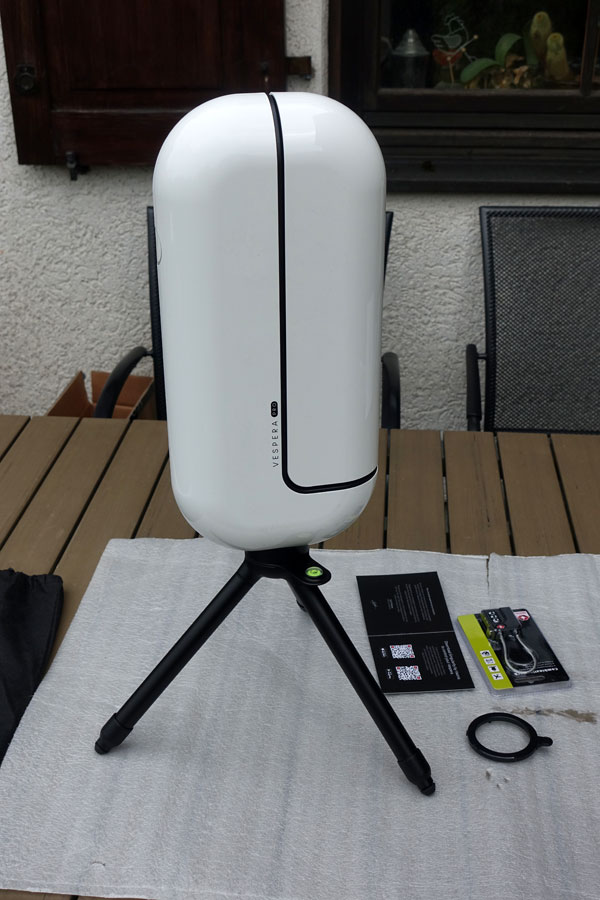 |
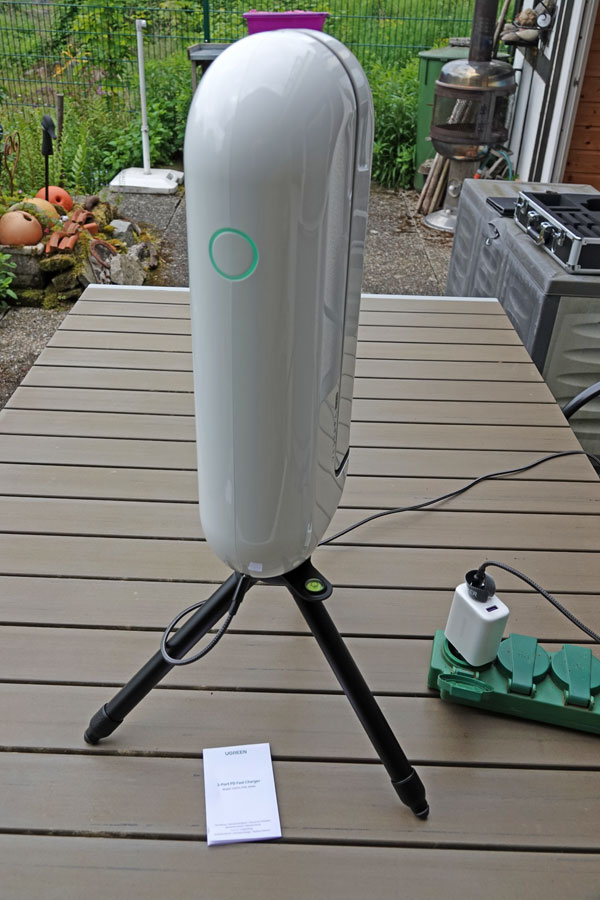 |
Photo: My Vaonis Vespera Pro (May 8, 2024)
It quickly became apparent that the Vespera Pro requires significantly longer exposure times than the original Vespera. I would like to present some examples of nebulae here; these require particularly long exposure times (exceptions: the summer nebulae M 8, M 16, M 17, M 20).
Selected DSO
In the following, I present observations of selected DSO with long exposure times. The not processed photos show the original section, the processed ones are often cropped.
NGC 281 (Pacman Nebula; Cassiopeia) - 60 Minutes Recommended
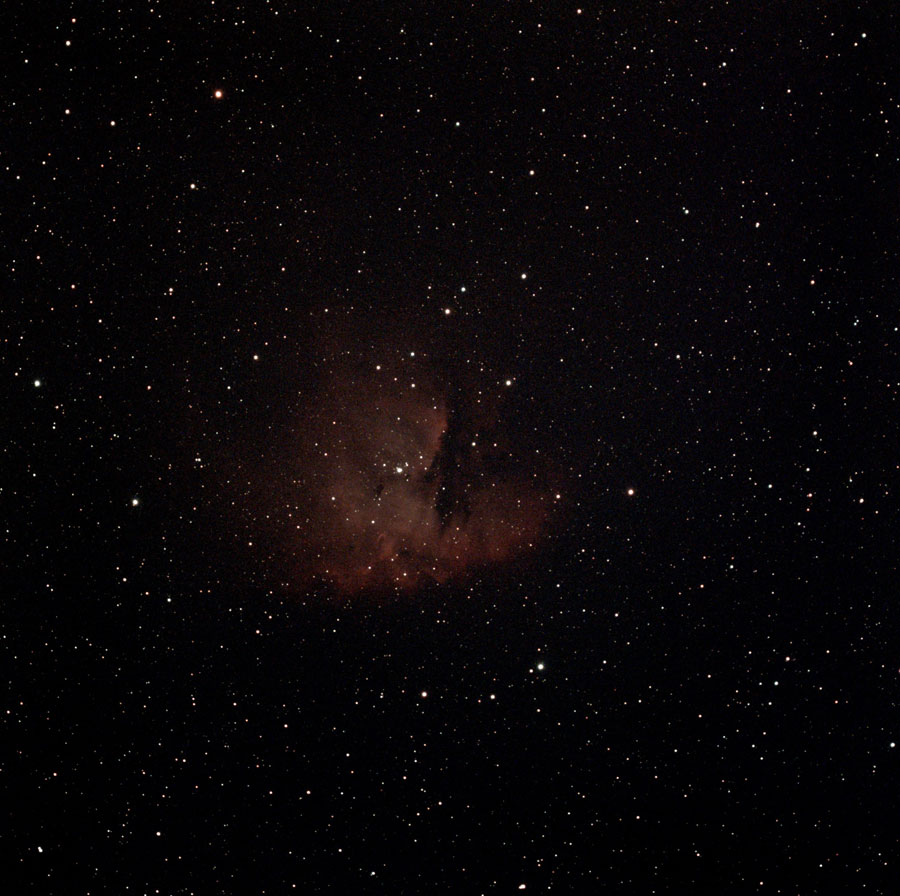 |
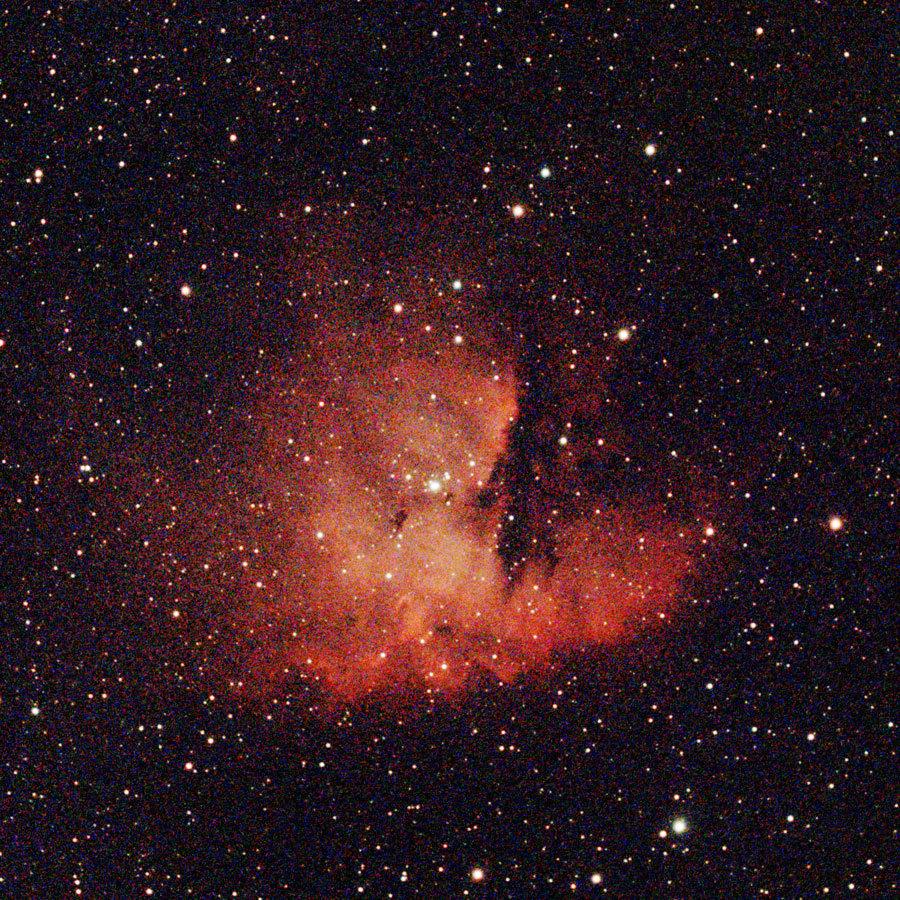 |
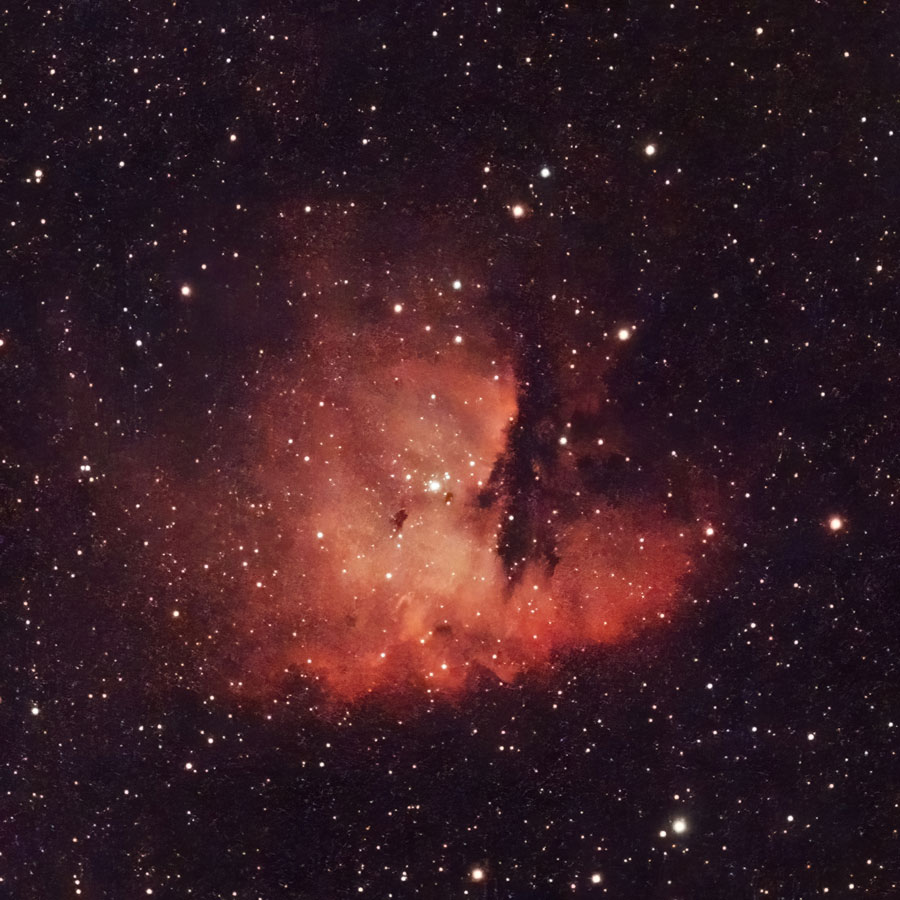 |
||
NGC 281, Aug 29, 2024 - 1800p (1215 frames = 12150s), Dual Band Filter |
NGC 281, Aug 29, 2024 - 1800p (1215 frames = 12150s), Dual Band Filter, section, processed |
NGC 281, Aug 29, 2024 - 1800p (1215 frames = 12150s), Dual Band Filter, section, processed, denoised (DN) |
1215 frames stacked (= 202.5 min observation time), 1482 frames created, observed from 11:27 p.m. to 5:09 a.m.
NGC 7023 (Iris Nebula; Cepheus) - 30 Minutes Recommended
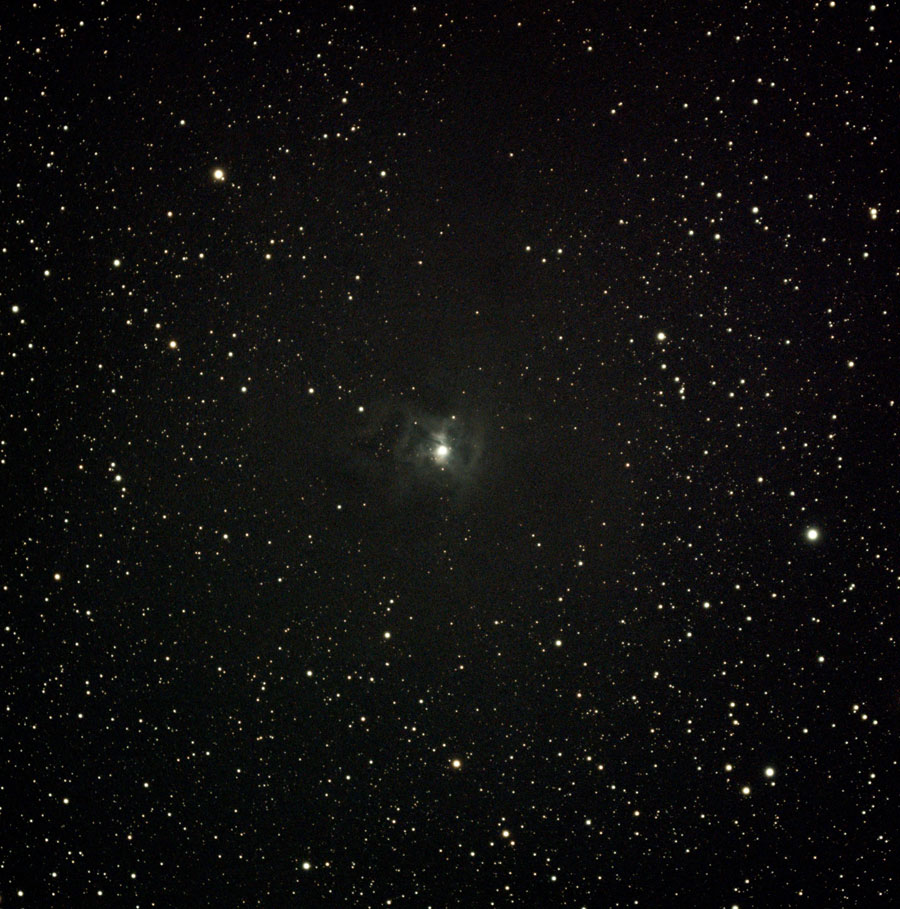 |
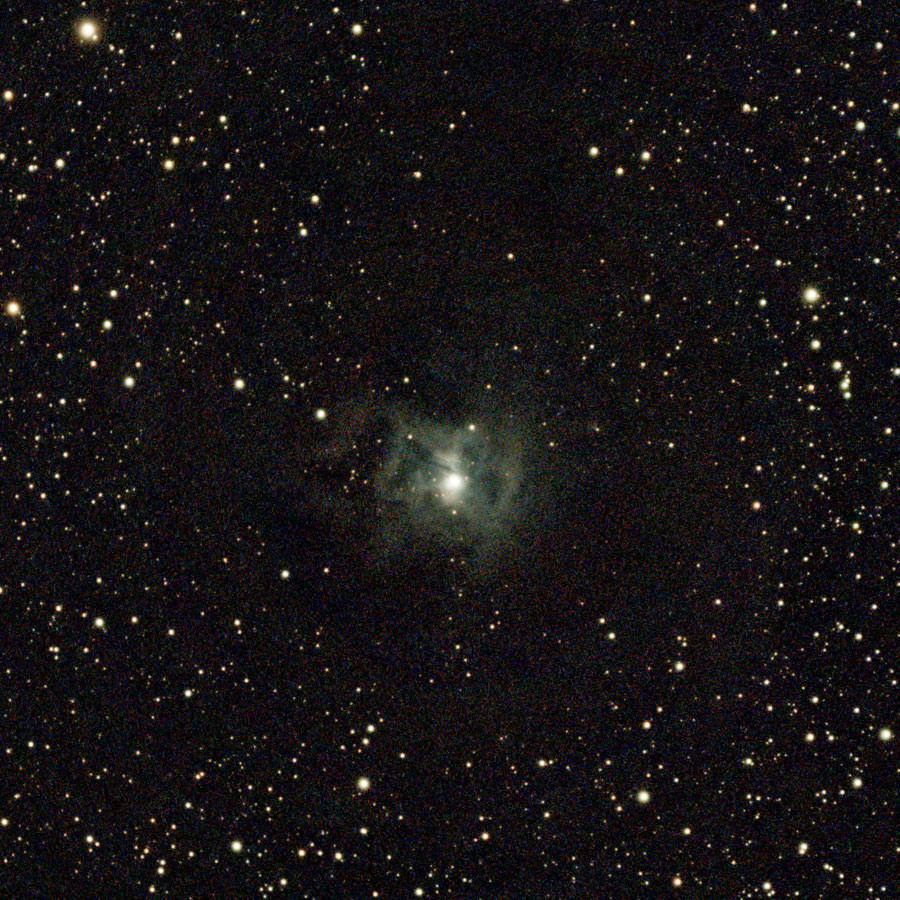 |
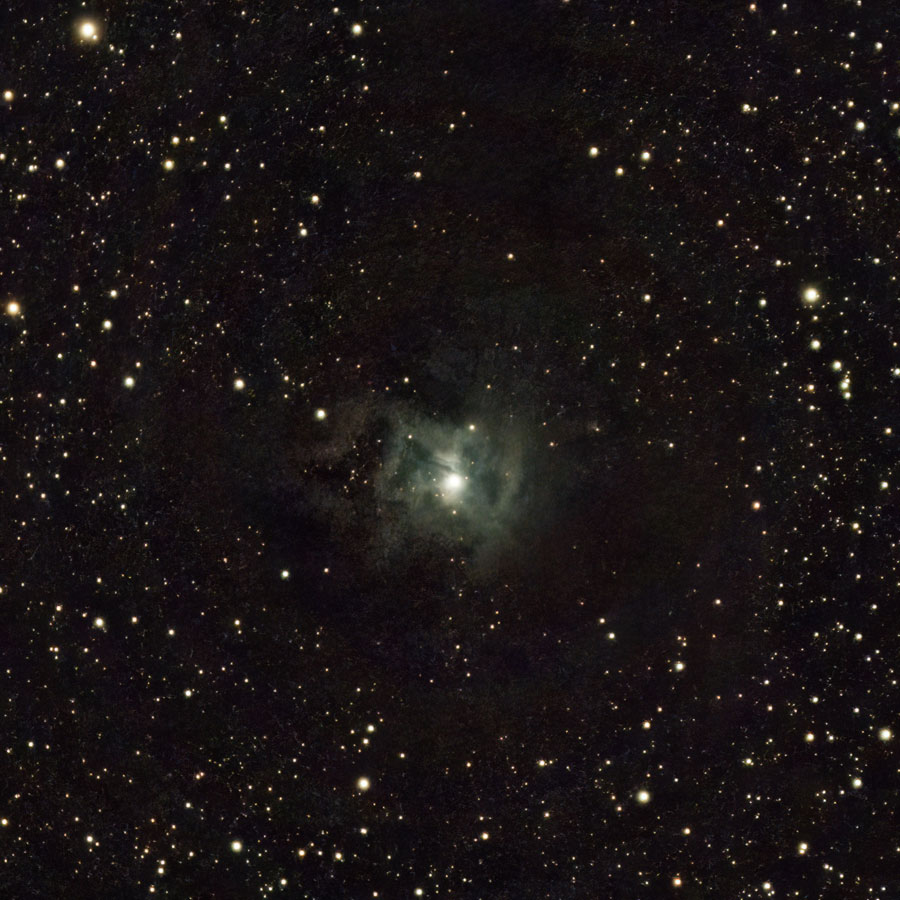 |
||
NGC 7023, Aug 28, 2024 - 1800p (621 frames = 1:45h) |
NGC 7023, Aug 28, 2024 - 1800p (621 frames = 1:45h), section, processed |
NGC 7023, Aug 28, 2024 - 1800p (621 frames = 1:45h), section, processed and denoised (DN) |
621 frames stacked (= 103.5 min observation time), 680 frames created, observed from 11:47 p.m. to 2:18 a.m.
NGC 7380 (Wizard Nebula; Cepheus) - 60 Minutes Recommended
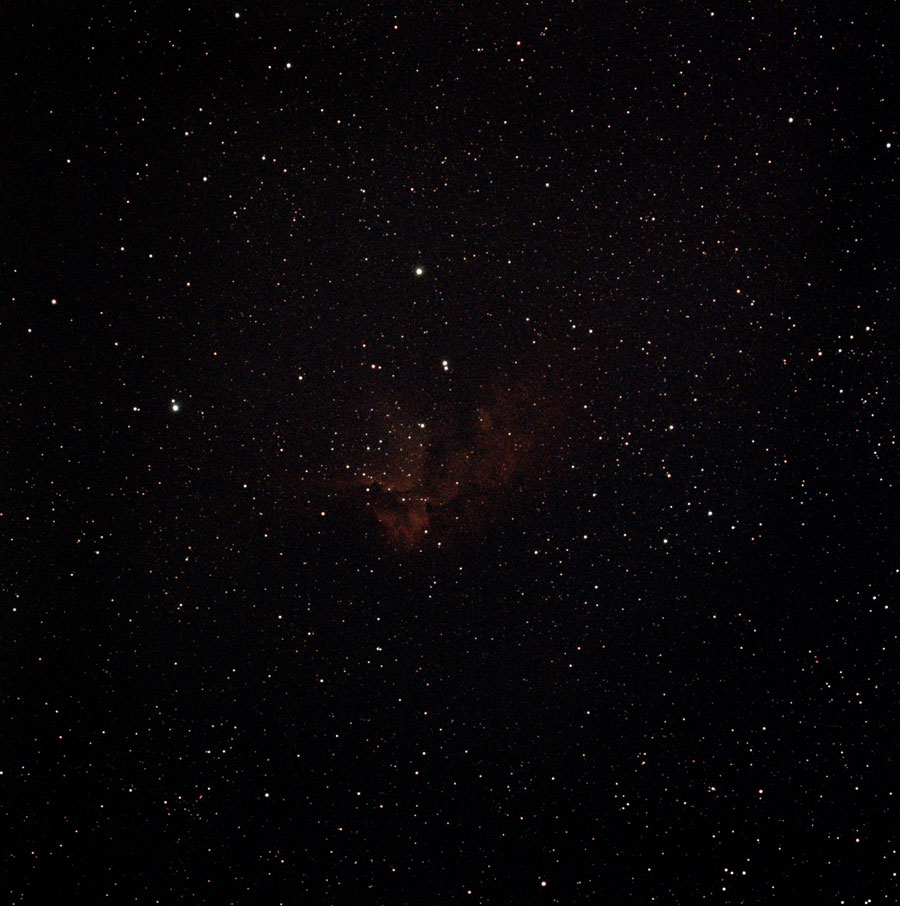 |
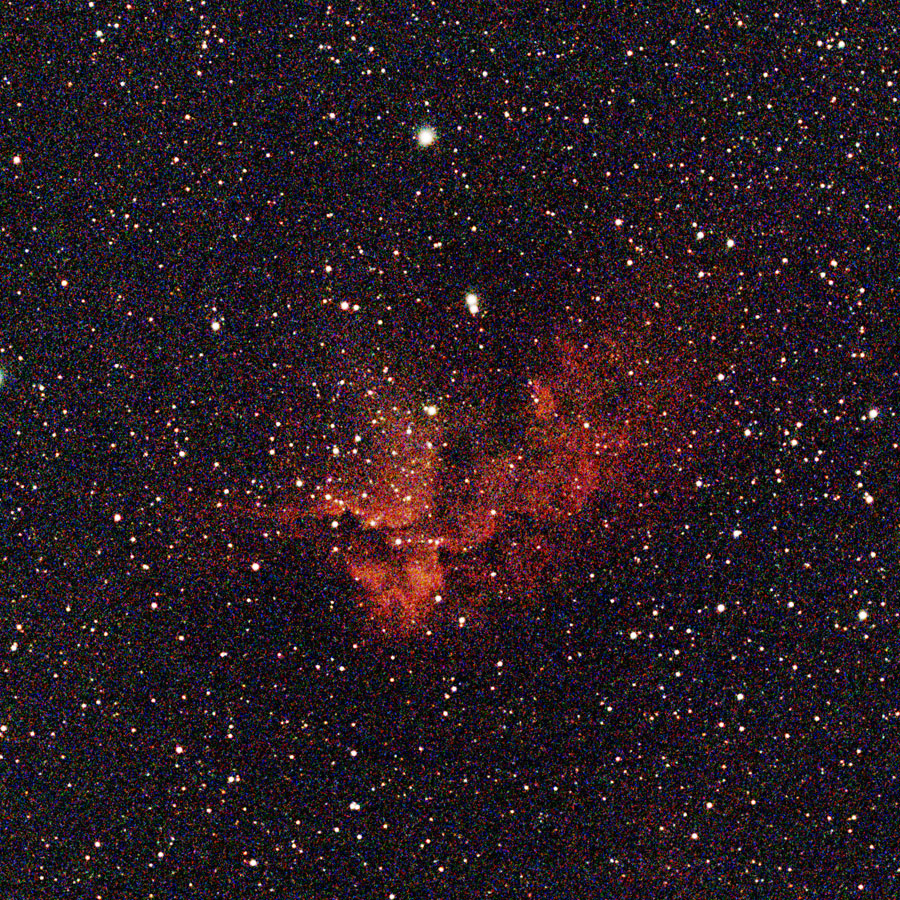 |
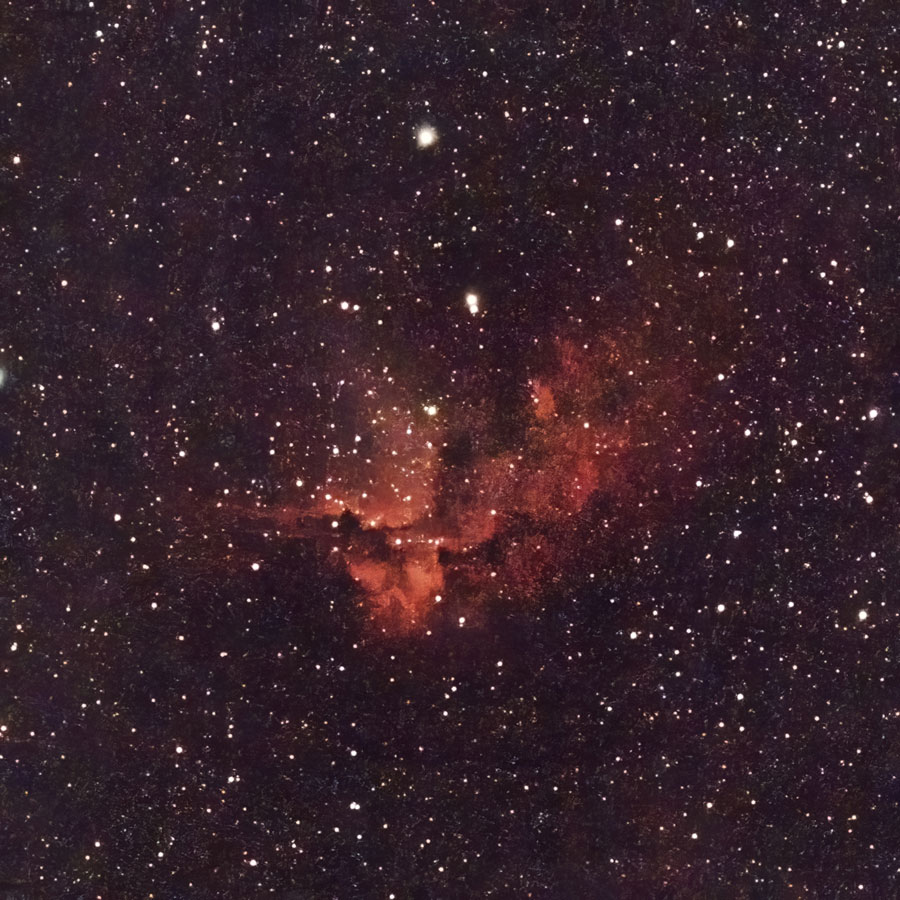 |
||
NGC 7380, Aug 29, 2024 - 1800p (484 frames = 4840s), Dual Band Filter |
NGC 7380, Aug 29, 2024 - 1800p (484 frames = 4840s), Dual Band Filter, section, processed |
NGC 7380, Aug 29, 2024 - 1800p (484 frames = 4840s), Dual Band Filter, section, processed, denoised (DN) |
484 frames stacked (= 80:40 min observation time), 494 frames created, observed from 9:34 p.m. to 11:22 p.m.
NGC 7822 (Cepheus)
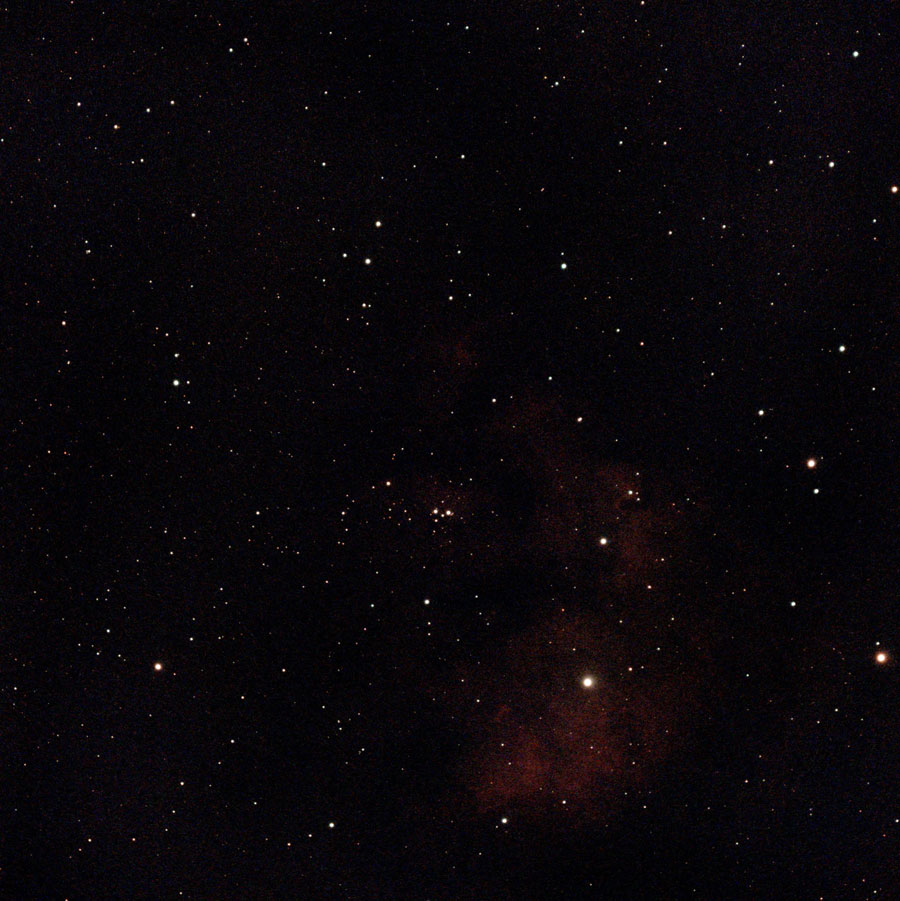 |
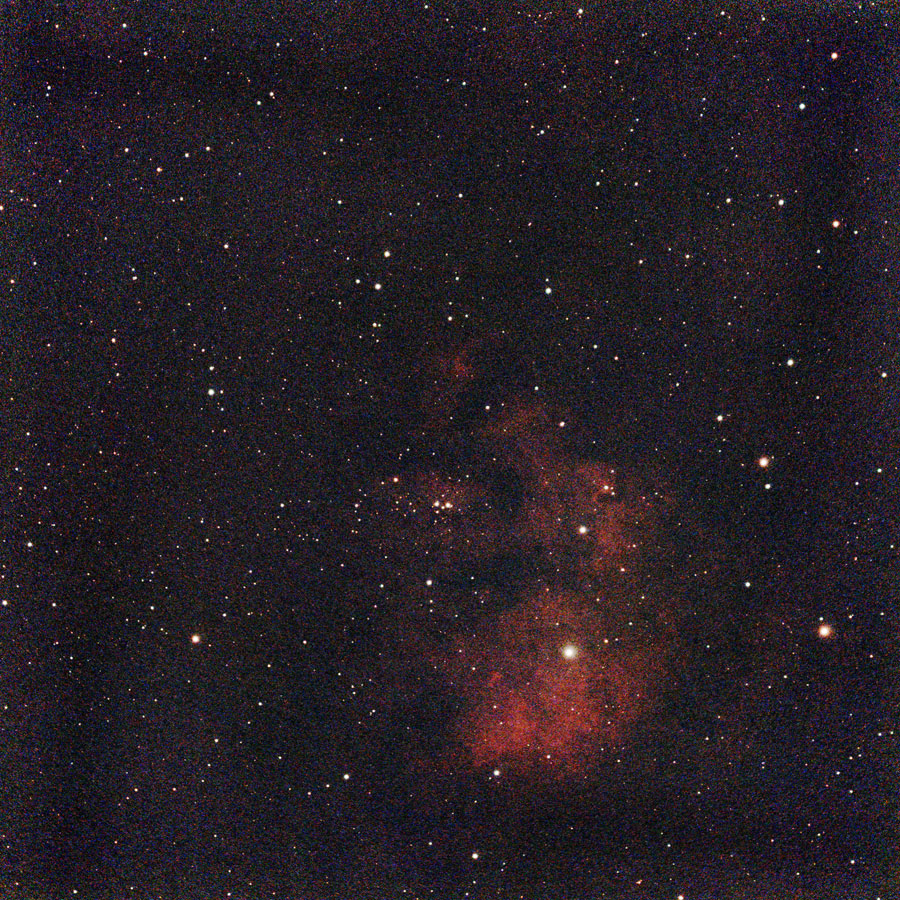 |
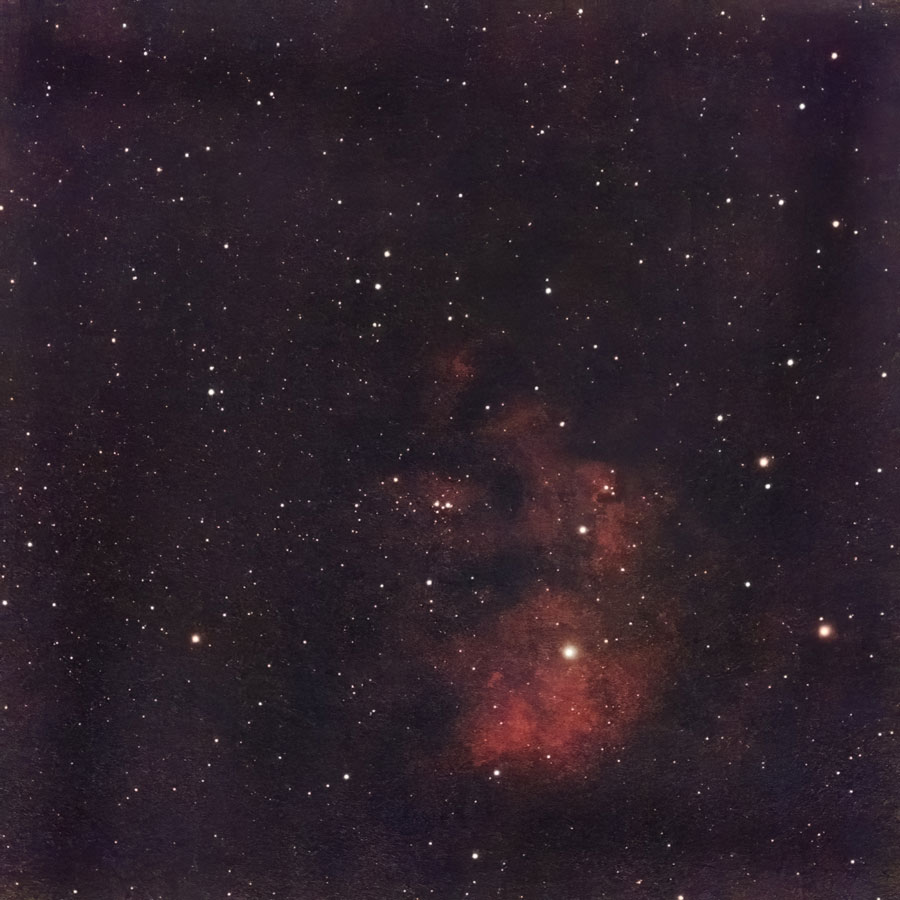 |
||
NGC 7822, Aug 30, 2024 - 2000p (1283 frames = 12830s), Dual Band Filter |
NGC 7822, Aug 30, 2024 - 2000p (1283 frames = 12830s), Dual Band Filter, processed (Siril) |
NGC 7822, Aug 30, 2024 - 2000p (1283 frames = 12830s), Dual Band Filter, processed (Siril) and denoised (DN) |
1283 frames stacked (= 213:50 min observation time), 1676 frames created, observed from 10:25 p.m. to 4:22 a.m. (nearly 6 hours)
Sh2-101 (Tulip Nebula)
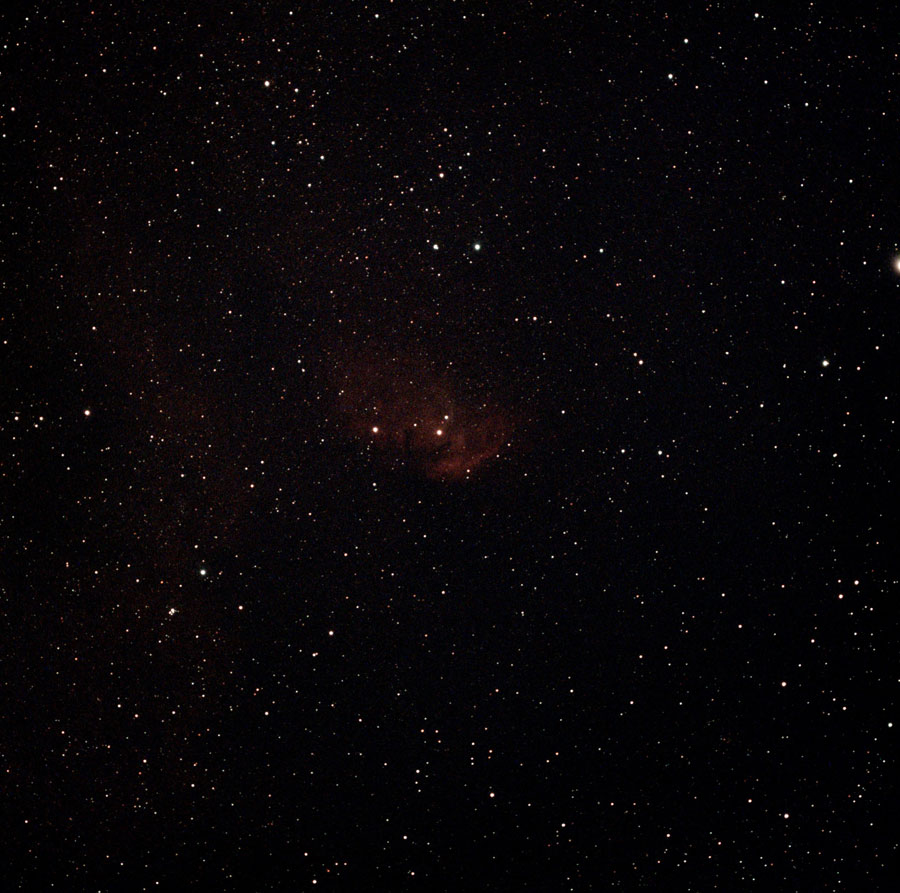 |
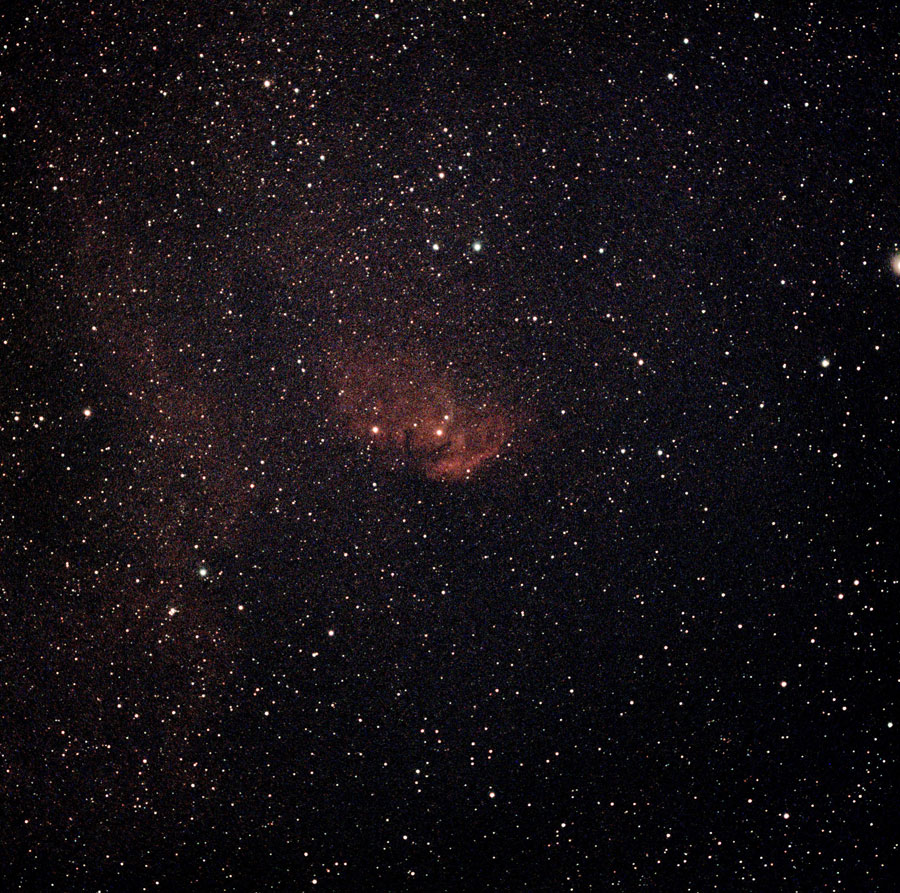 |
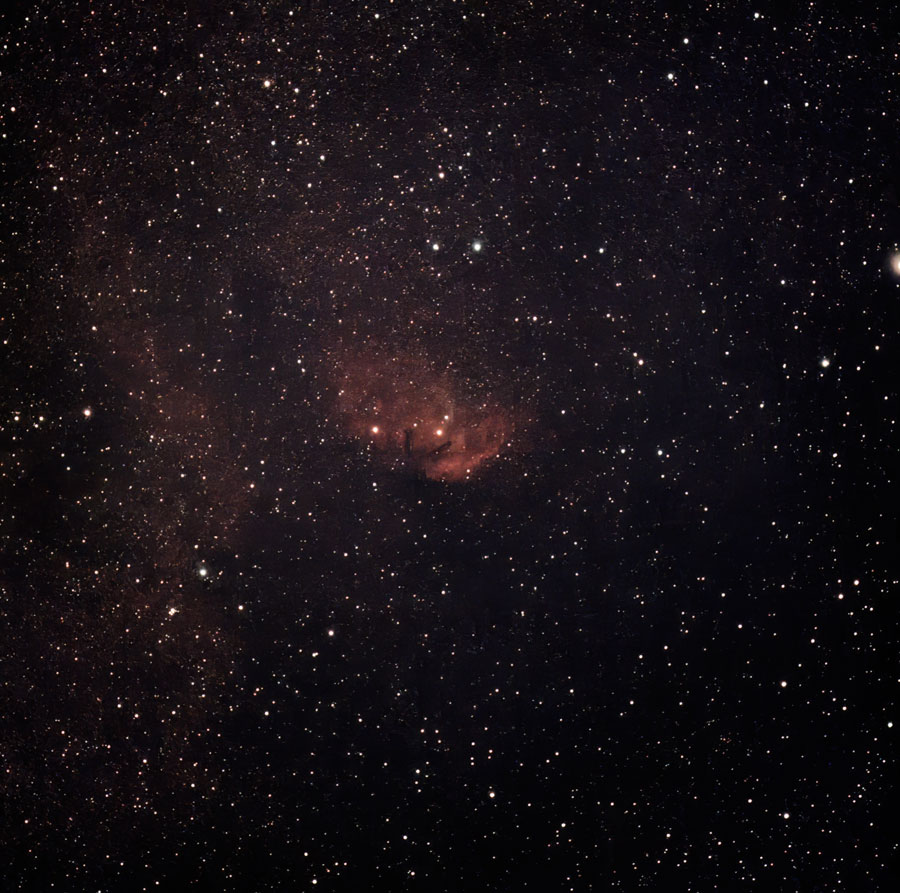 |
||
Sh2-101, Aug 10, 2024 - 2000 (378 frames = 3780s), Dual Band Filter |
Sh2-101, Aug 10, 2024 - 2000 (378 frames = 3780s), Dual Band Filter, processed (PSE) |
Sh2-101, Aug 10, 2024 - 2000 (378 frames = 3780s), Dual Band Filter, processed and denoised (DN) |
378 frames stacked (= 63 min observation time), 422 frames created, observed from 11:00 p.m. to 0:31 a.m.
Sh2-155 (C 9; Cave Nebula)
I observed the Cave Nebula with and without Dual Band Filter. The observation times differ largely...
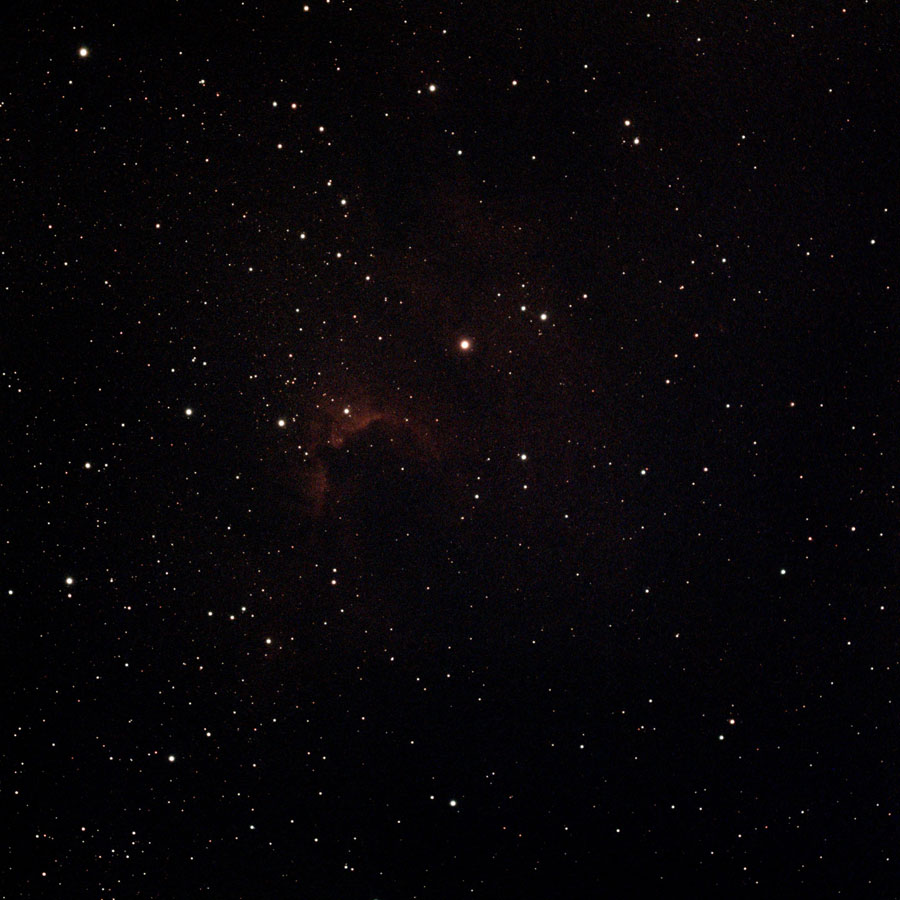 |
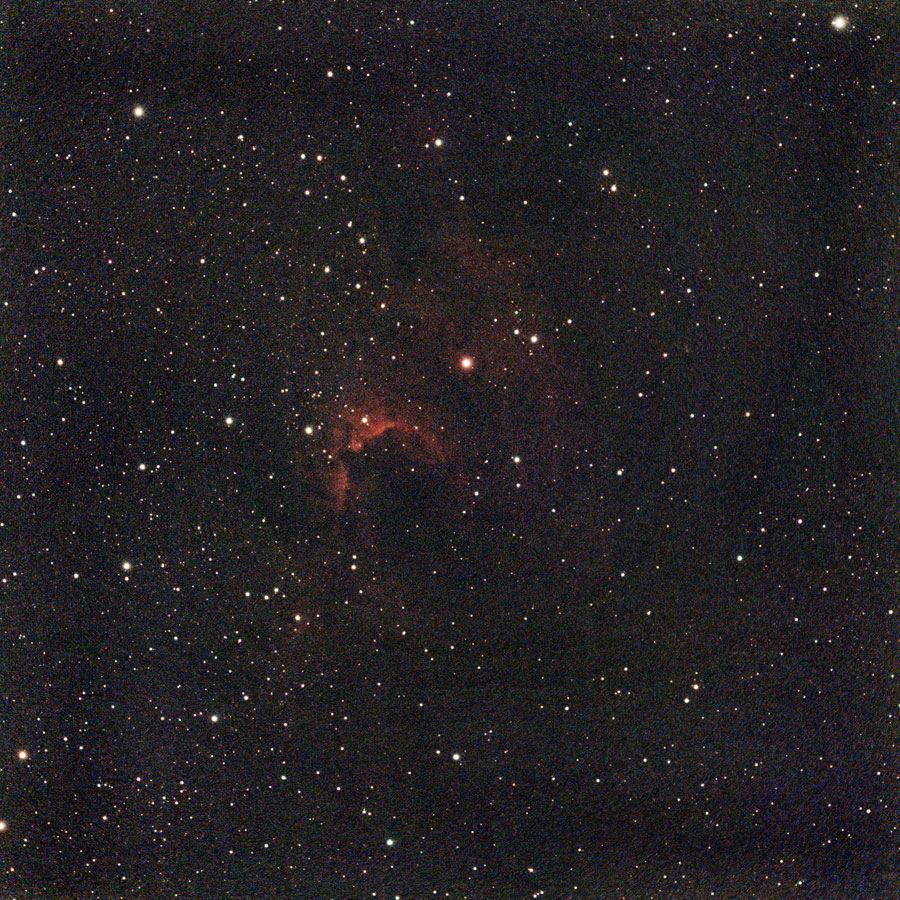 |
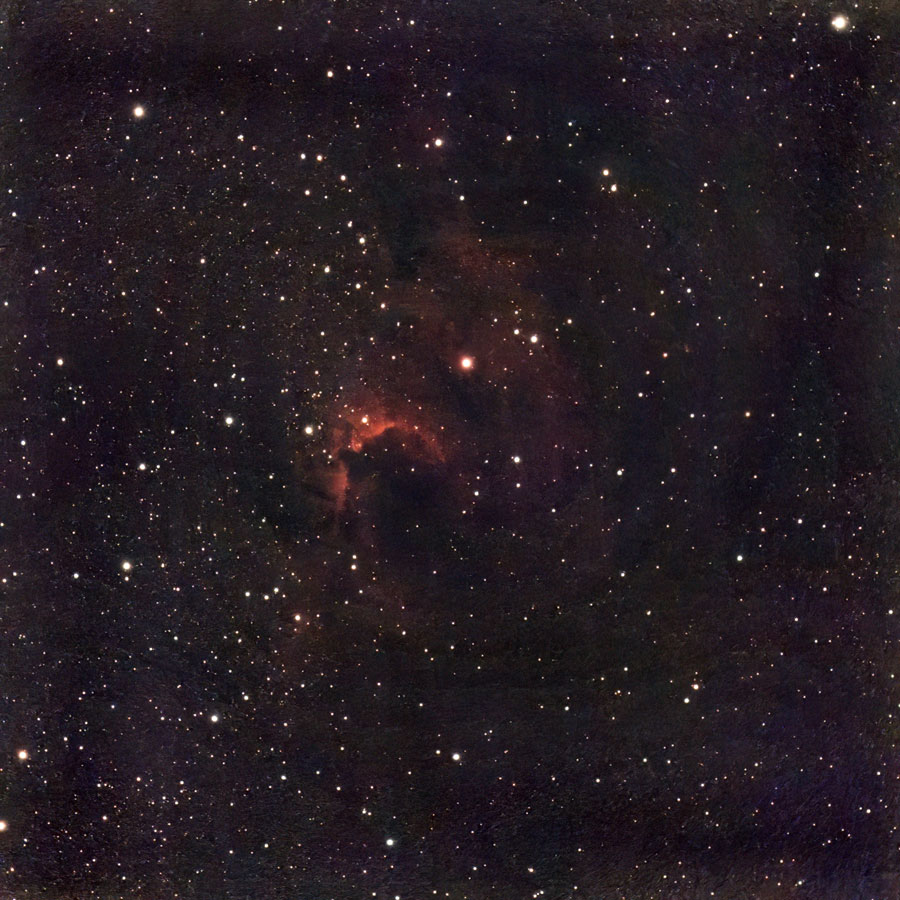 |
||
C 9, Aug 27, 2024 - 2000 (1525 frames = 4.25 h), Dual Band Filter |
C 9, Aug 27, 2024 - 2000 (1525 frames = 4.25 h), Dual Band Filter, processed |
C 9, Aug 27, 2024 - 2000 (1525 frames = 4.25 h), Dual Band Filter, processed, denoised (DN) |
1525 frames stacked (= 254:10 min observation time), 1880 frames created, observed from 10:49 p.m. to 5:32 a.m.
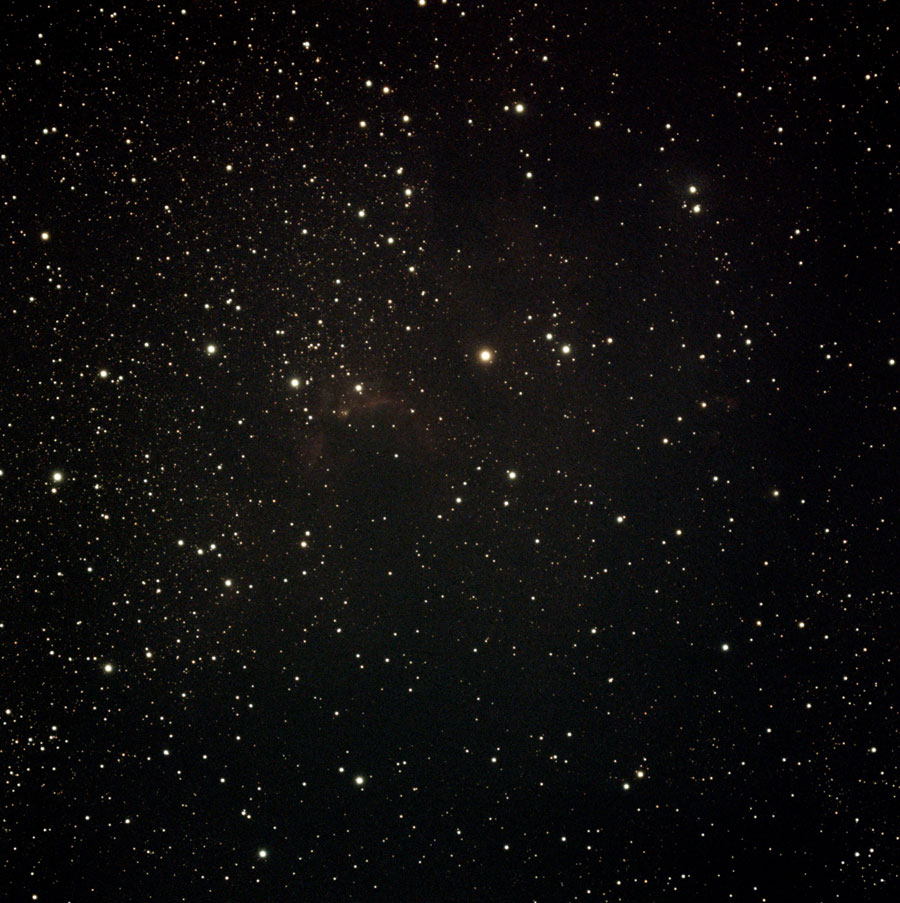 |
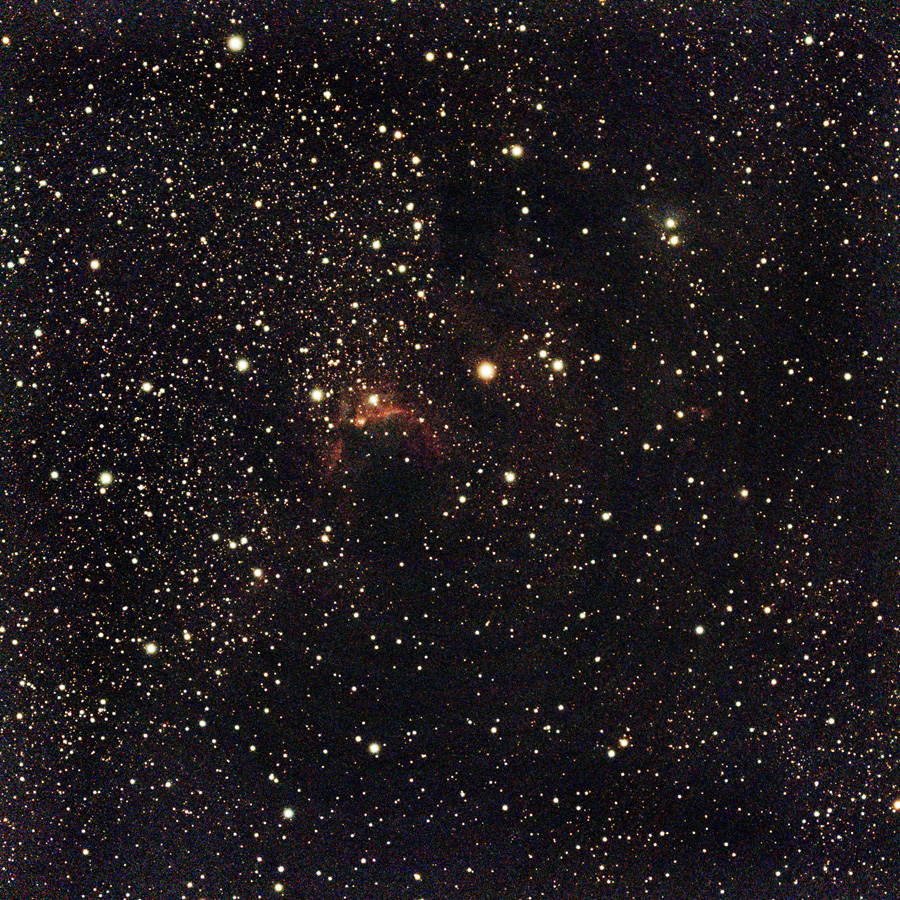 |
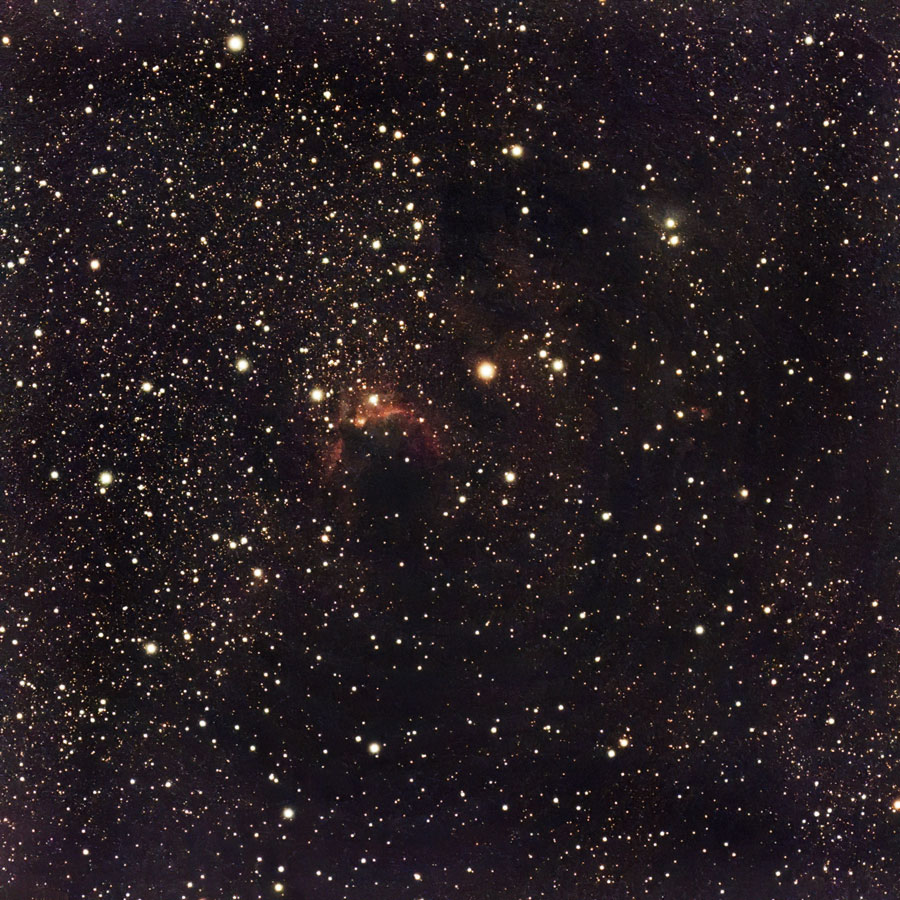 |
||
C 9, Aug 28, 2024 - 2000 (600 frames = 1:40 h) |
C 9, Aug 28, 2024 - 2000 (600 frames = 1:40 h), processed |
C 9, Aug 28, 2024 - 2000 (600 frames = 1:40 h), processed, denoised (DN) |
600 frames stacked (= 1:40 h observation time), 627 frames created, observed from 9:27 p.m. to 11:44 p.m.
Preliminary Conclusions
The exposure times of the nebulae shown here differ significantly and vary between one hour and more than four hours - although some objects are barely recognizable even after such long exposure times. The post-processing, especially the stretching with Siril, brings something out of most of the photos. Overall, however, the results are disappointing for me, because I do not want to combine the results of several nights of observation, as some Vespera Pro owners do.
In a Vaonis Facebook group, a Vespera Pro owner complained about the current state of the Vespera Pro, i.e. that only dark photos are achieved even after long exposure times. Many people agreed with this - and I can only agree as well. However, there are also many Vespera Pro owners who try to achieve optimum results with long exposure times, sometimes over several nights, and elaborate post-processing. They see the Vespera Pro as a tool for professionals and have little understanding for people like me (and some others...).
Links
- Vaonis: vaonis.com/fr (FR), vaonis.com (EN)
- See also my page offering Astronomy Links.
| 02.09.2024 |